For some time, dSLR cameras have been able to display the image from the sensor onto the rear screen. Canon & Nikon called it LiveView. At first it was clunky, with very slow (or non-existent) autofocus capabilities and slow operation. But over time, the rear screen became more useful, allowing decent functionality without needing to place your eye to the viewfinder. When the screen was flush with the back of the camera, operation was straightforward and it allowed the camera to be held away from the body.
With the arrival of articulated screens, we had more functionlity, e.g. we could point the screen up towards our body and have the camera facing “forward”. This was fine with a tripod or for landscapes, but it was always hard to get your brain around moving the camera to follow a subject when the screen image was 90 degrees out from the movement needed to achieve this! With time, I got good at it but keeping my subject in focus was really hard.
With the arrival of mirrorless cameras which have eye- and subject-tracking AF systems, one more barrier to using this technique has been removed. With practice, it’s now possible to hold the camera away from your eye and track a subject, using the rear screen and the camera’s excellent AF system.
Why would you want to do this? The most likely situation is that you would like to get a lower angle of view than you can achieve in your current location. Holding the camera down below your head, or over the side of the vehicle, with the screen pointed up towards you, it’s possible to achieve a great low-angle result without the need to get out of the vehicle which is certainly not always possible.
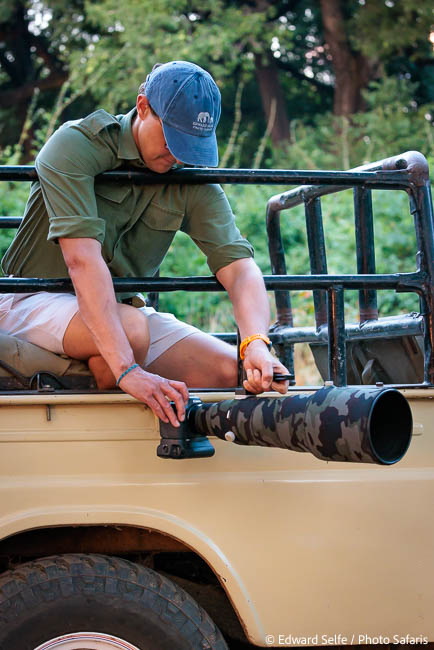
Here the camera is at least 80cm lower than it would be if held to my eye.
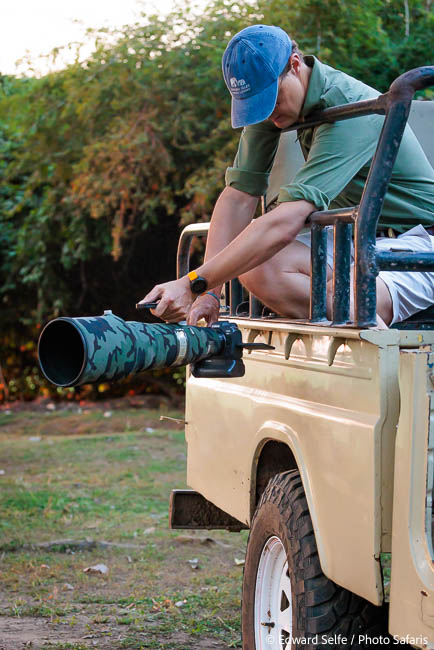
I have spent time teaching my muscle memory how to handle the fact that the lens and the screen are not in the same axis when the screen is pointed upwards. I can now track subjects successfully even when they are moving quickly. It’s a technique that I use regularly and it makes a huge difference to the images that I can create. It’s well worth practicing before your next photo safari, and it’s something that you can do at home.
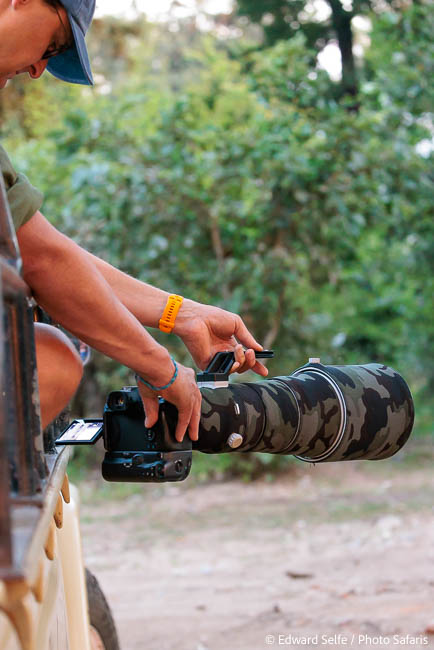
Rear articulated screen pointed upwards makes monitoring your framing much easier.
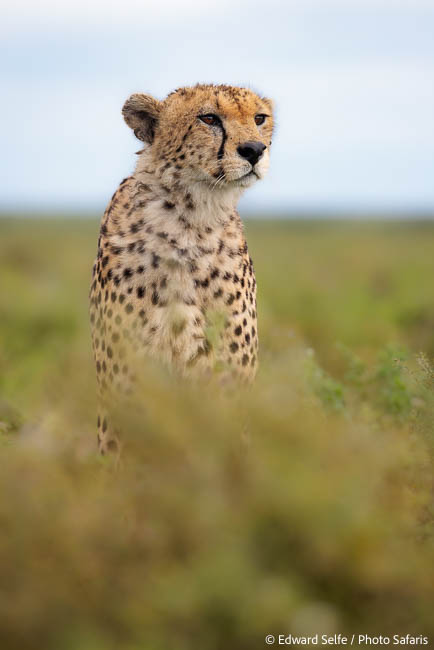
A cheetah portrait taken with the camera + 70-200mm lens held over the side of the vehicle in 1 hand and focused using eye-detect AF.
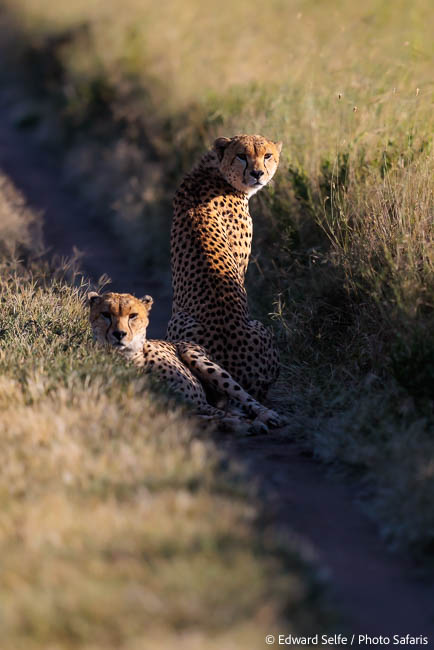
The ‘normal’ angle of view from the back of a game viewer….
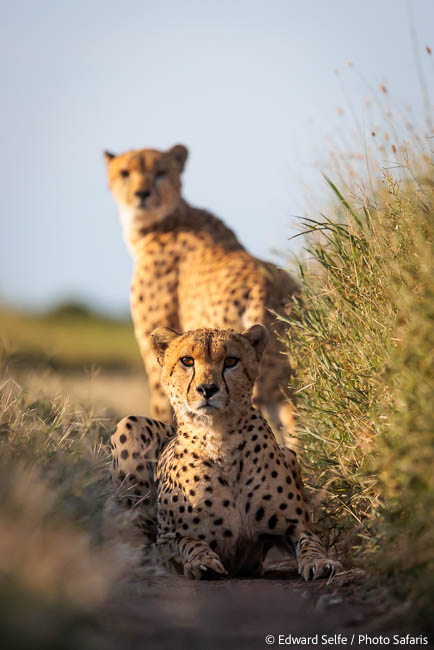
…and the view using a combination of holding the camera over the side and parking in a small trench. The difference is clearly dramatic!

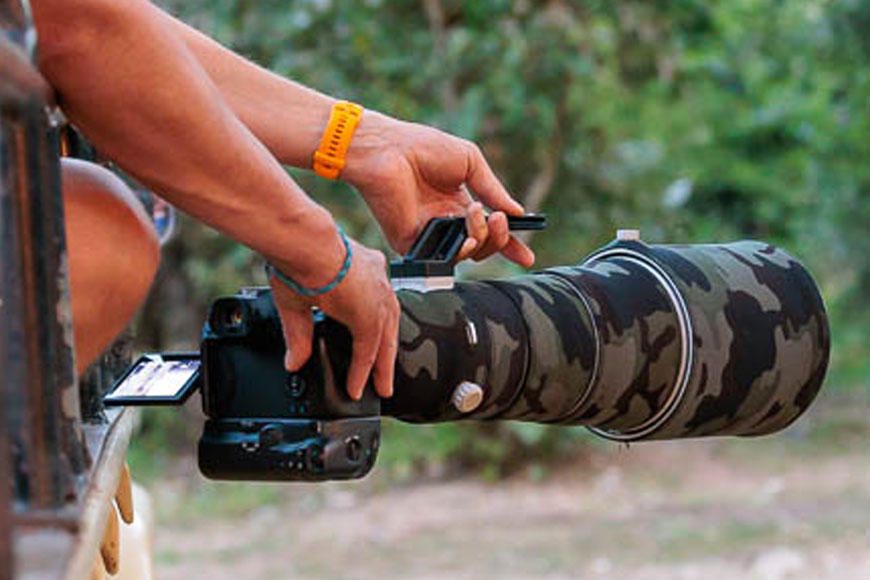
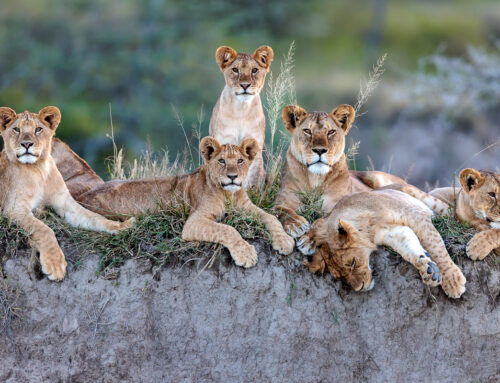
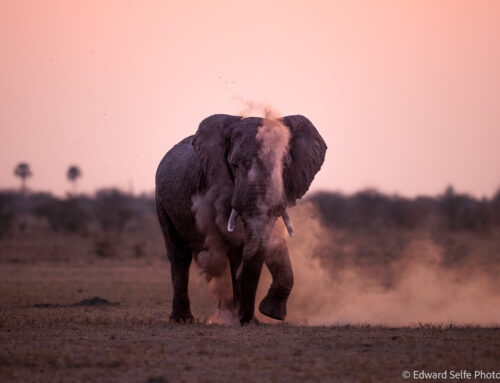

Leave A Comment